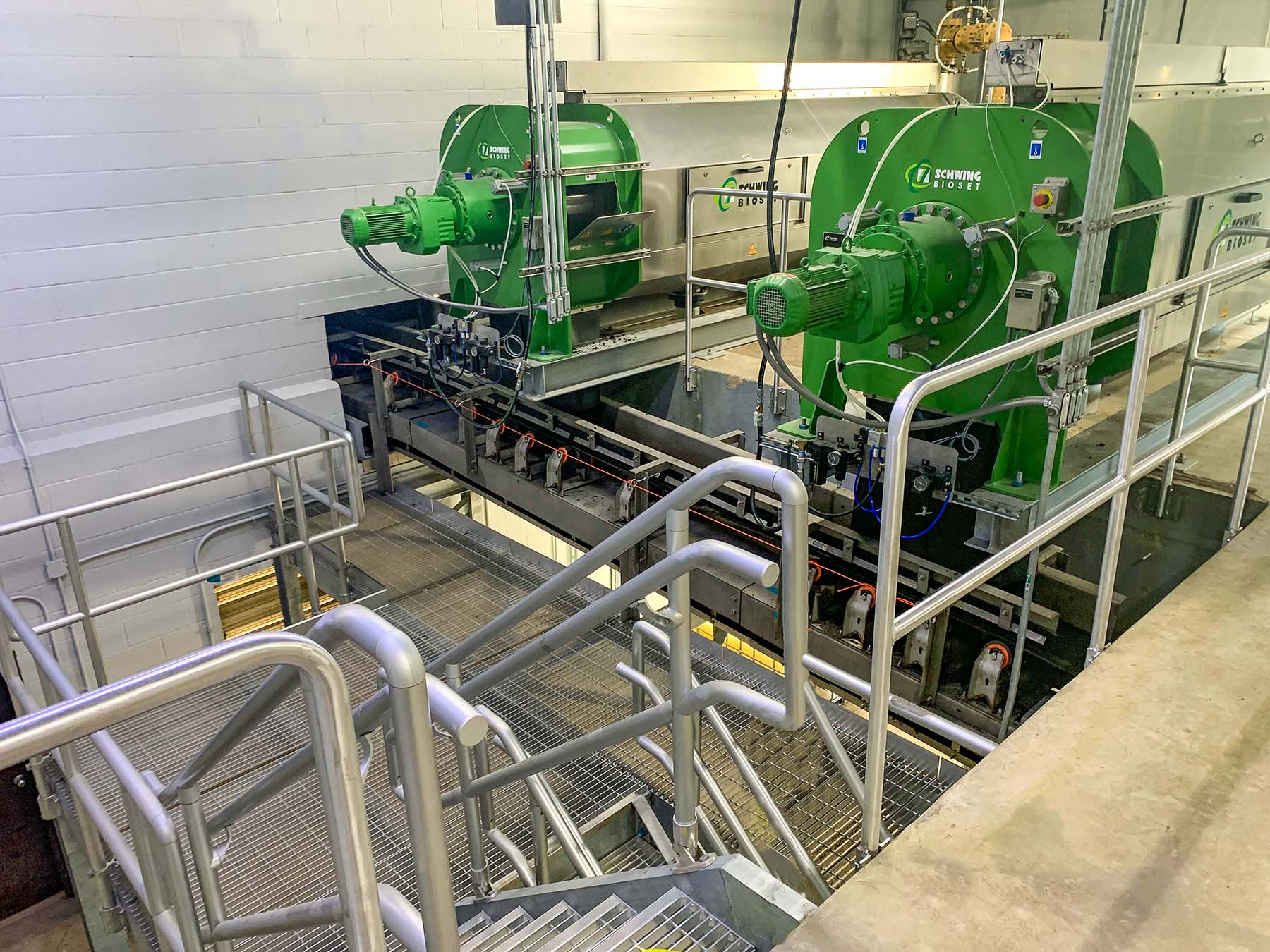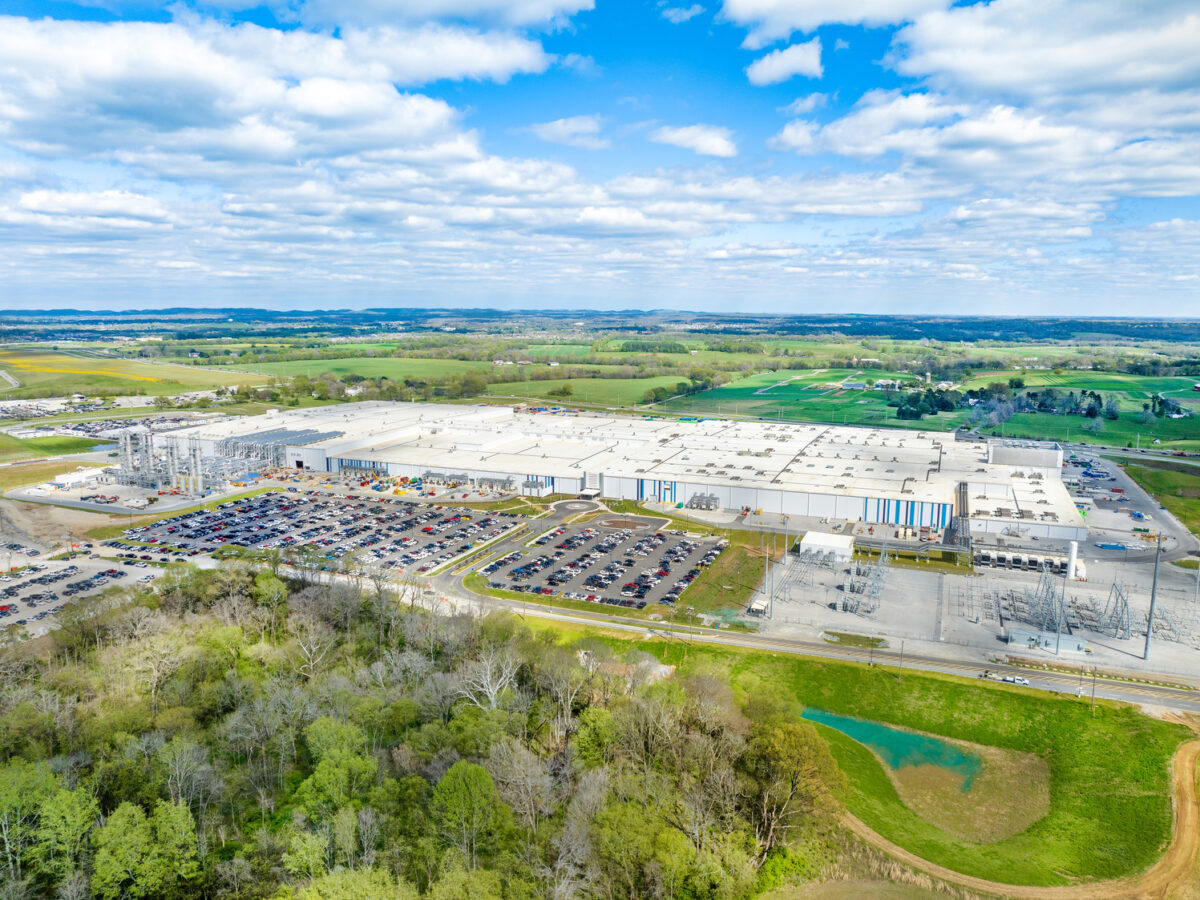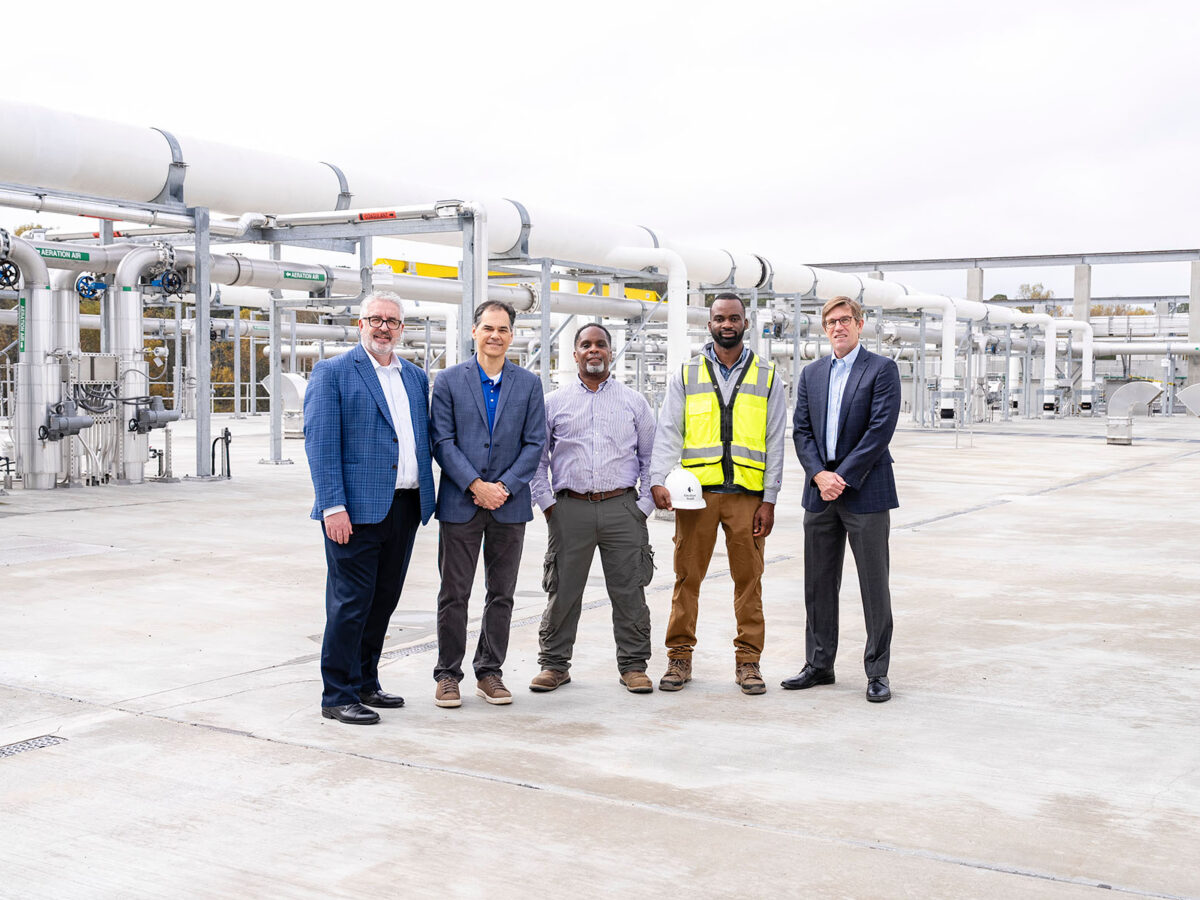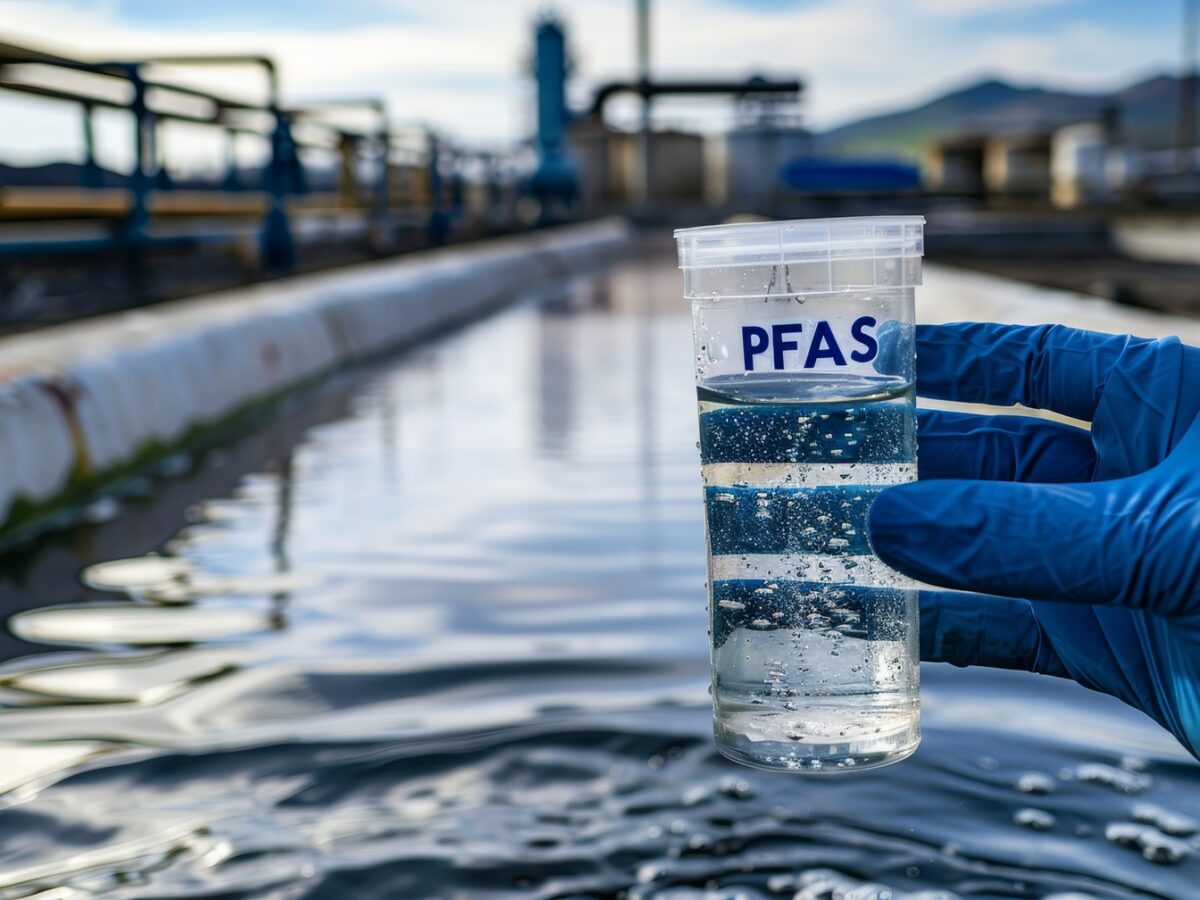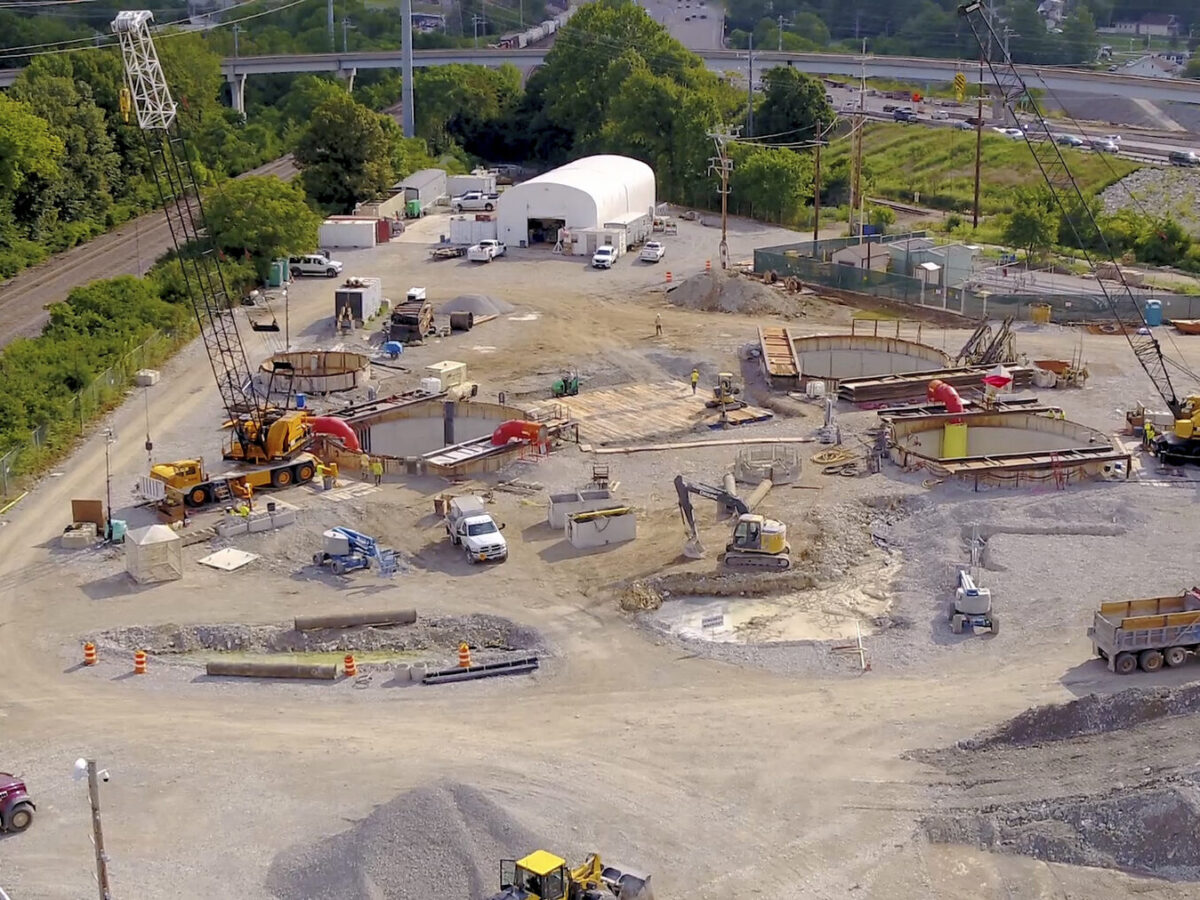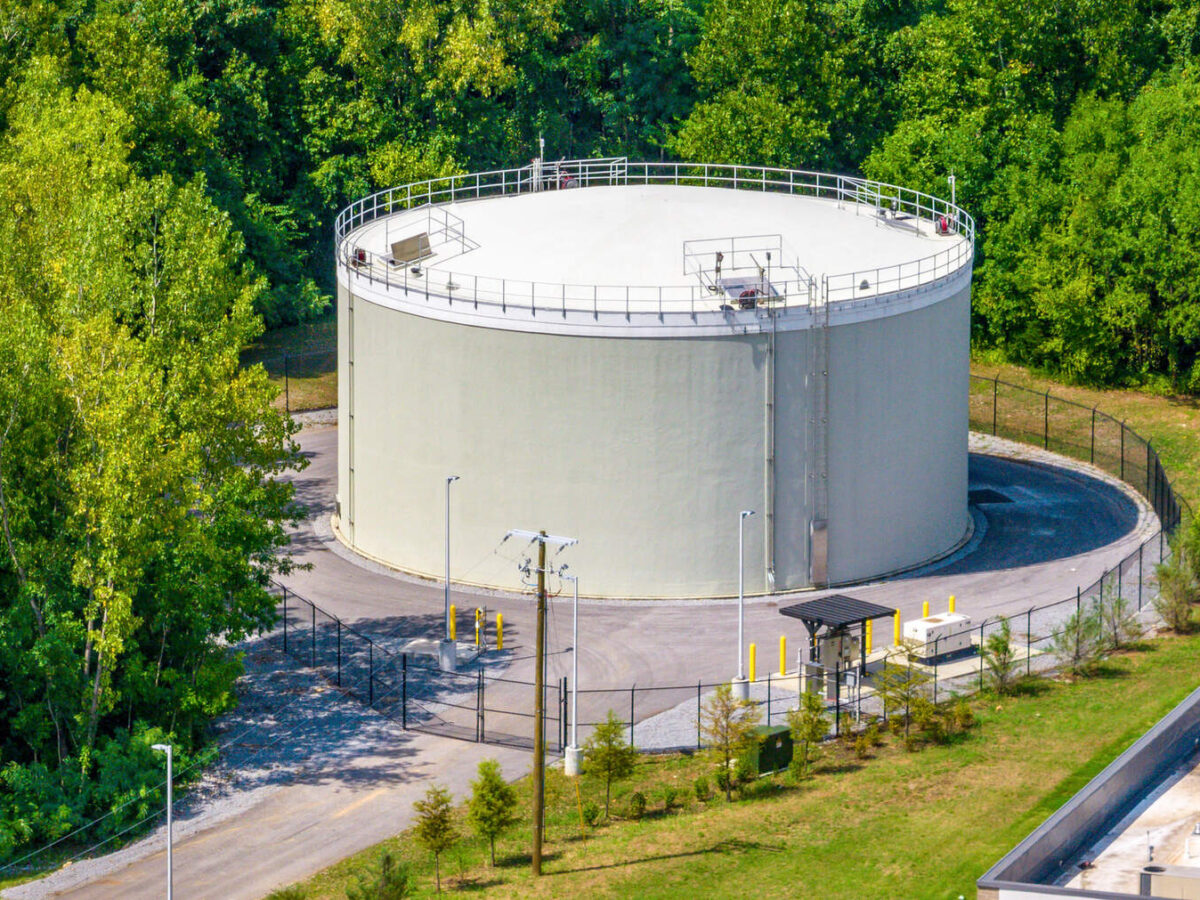Gresham Smith is proud to announce the firm has completed an assessment of the thickening and dewatering systems and designed improvements for the Town of Collierville, Tennessee’s Shelton Road Wastewater Treatment Plant (WWTP). The recently completed upgrades will improve efficiency, decrease operational costs and enable the town to meet future capacity needs.
The 3.5-million-gallon-per-day (MGD) wastewater treatment plant was last modified in 2006 and was experiencing persistent issues with the existing gravity sludge thickener and belt filter press, which did not provide the necessary dewatering capabilities and were difficult to operate. During the study and report phase of this project, Gresham Smith was tasked with pinpointing the issues and recommending technology, design and operation improvements.
“With the completion of this study and design, Gresham Smith has provided Collierville with upgrades at the Shelton Road Wastewater Treatment Plant that benefit both the town and its’ residents,” said Gresham Smith Senior Engineer Justin Avent, P.E. “These critical improvements will drive smart growth, increase the capability of the wastewater treatment plant, and make the facilities viable for years to come.”
Following the study, Gresham Smith designed improvements, including a redundant unit that allows operators to perform the needed dewatering during the daytime shift. Additionally, the selected screw press technology allows operators to quickly start and stop the equipment, requiring less time for oversight and less off-spec solid production. Gresham Smith was able to utilize the existing building for both new screw press dewatering units, saving on construction cost and footprint.
Based on the performance and technology evaluation, the Town of Collierville will continue to use the existing gravity thickener for thickening and storage. Solids will then be pumped to the new dewatering system through a solids analyzer that will control and optimize the polymer feed to the dewatering units. This design will allow the units to have a capture rate of over 90 percent, promoting optimum polymer dosing and reducing required operator oversight.
The design also includes a new adjacent metal building for the disposal dumpster. Previously, the belt press would discharge to a single point in the existing building, requiring operators to manually adjust the dumpster location or rake the solids by hand. Gresham Smith’s design loads solids into the new building via a conveyor and provides multiple discharge points, providing easier access for haul-off and eliminating the need for manually moving or raking the dumpster. Since the treatment plant is close to private residences, the project team also included robust odor control measures in both the existing and new buildings.
